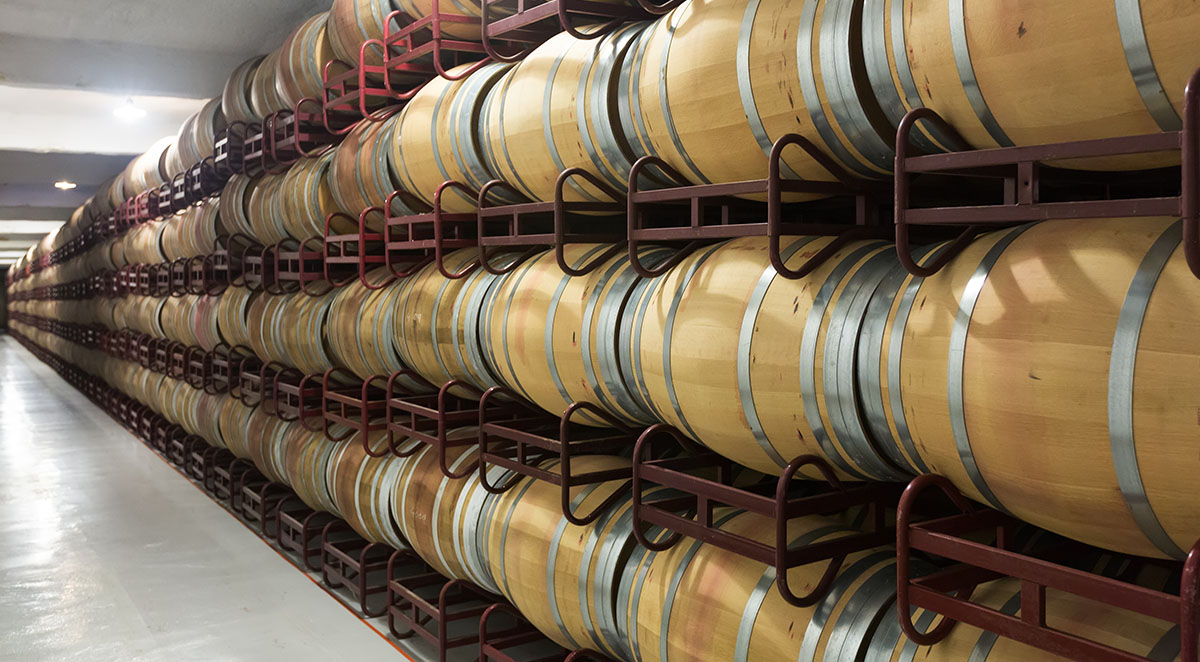Next, bring the glass to your nose and inhale deeply, taking in the wine's bouquet. Notice the array of aromas that emerge, ranging from fruits like berries, citrus, or stone fruits to floral notes, spices, herbs, or earthy undertones.
Allow yourself to become immersed in the complexity of the wine's aroma, letting it evoke memories, sensations, and emotions. Each sniff reveals new layers of nuance and intrigue, inviting you to delve deeper into the wine's personality.
Finally, take a sip of the wine and let it linger on your palate. Notice the texture, body, and structure of the wine, as well as the interplay of flavors and sensations. Pay attention to the balance between sweetness, acidity, tannins, and alcohol, noting how they harmonize or contrast with each other.
Allow the wine to coat your mouth, revealing its full spectrum of flavors and nuances. Take your time to savor each sip, allowing the wine to evolve and unfold on your palate and reflecting on the journey it has taken from vineyard to glass.
Enjoying a good quality glass of wine is not just about the liquid in the glass, but about the journey of discovery and appreciation it offers, connecting you to the land, the people, and the traditions that have shaped it.
A Closer Look At How Oak Barrels Influence Wine
Let’s take a closer look at how oak barrels play a significant role in shaping the flavor, aroma, and overall characteristics of wine. Here's how:
- Flavor Infusion: Oak barrels impart various flavors to the wine, such as vanilla, caramel, spice, and sometimes even coconut or dill. These flavors come from compounds naturally present in the wood, such as lignin, hemicellulose, and vanillin. Additionally, the toasting of the barrel can enhance these flavors further.
- Tannin Addition: Oak contains tannins, which are polyphenolic compounds that contribute to the structure and mouthfeel of wine. Tannins can add complexity and astringency to the wine, providing a backbone for aging potential.
- Micro Oxidation: Oak barrels are not completely airtight, allowing for controlled oxygen exposure to the wine. This micro oxidation process can help soften tannins and integrate flavors, leading to a smoother and more harmonious wine.
- Aroma Enhancement: Oak barrels can enhance the aromatic profile of wine by introducing compounds like lactones and phenols. These compounds can contribute to fruity, floral, and spicy aromas, adding layers of complexity to the wine.
- Texture and Mouthfeel: Oak aging can influence the texture and mouthfeel of wine, making it feel more rounded, creamy, or velvety on the palate. This is particularly noticeable in white wines, where oak aging can contribute to a fuller body and smoother texture.
- Oak Selection and Toasting: Winemakers can choose different types of oak (such as French oak, American oak, or Hungarian oak), each with its unique characteristics. Additionally, the degree of toasting applied to the barrel can influence the intensity of flavors and aromas transferred to the wine.
- Aging Potential: Oak aging can enhance the aging potential of wine by providing a stable environment for gradual development and maturation. Wines aged in oak barrels often exhibit greater complexity and nuance over time.
- Regional Traditions: Oak aging is a traditional winemaking technique practiced in many regions around the world, such as Bordeaux, Burgundy, and Napa Valley. Different regions may have their preferences regarding oak usage, contributing to the distinctiveness of wines from those areas.
Overall, oak barrels are essential tools in winemaking, allowing winemakers to craft wines with a wide range of flavors, aromas, and textures. The choice of oak, barrel aging duration, and other winemaking techniques all influence the final product, making oak barrels a crucial aspect of wine production.
What else influences your wine’s flavor? Keep reading to learn a little more.
Eleven Elements That Can Influence Your Wine
The flavor, aroma, and overall characteristics of wine are influenced by a multitude of factors, each playing a significant role in shaping the final product. Here's an elaboration on some of the key elements:
1) Grape Variety
Different grape varieties have distinct flavor profiles, ranging from the bright acidity of Riesling to the dark fruit flavors of Cabernet Sauvignon. Varietal characteristics are influenced by factors such as sugar content, acidity levels, and phenolic compounds present in the grape skins, seeds, and pulp.
2) Terroir
Terroir encapsulates the unique combination of environmental factors in a vineyard, including climate, soil type, topography, and microclimate. These elements impart specific flavors, aromas, and characteristics to the grapes, reflecting the essence of the vineyard's location.
3) Climate
Climate plays a crucial role in grape ripening and flavor development. Warm climates tend to produce riper, fruit-forward wines with higher alcohol content, while cooler climates may yield wines with higher acidity and more delicate flavors.
4) Soil
The composition and drainage properties of the soil influence vine growth, grape composition, and, ultimately, wine flavor. Different soil types, such as limestone, clay, or gravel, can impart distinctive mineral notes and nuances to the wine.
5) Vineyard Management
Vineyard practices such as pruning, trellising, canopy management, and irrigation impact grape quality and ripeness. Balanced vineyard management practices help optimize grape health, flavor development, and overall grape quality.
6) Harvest Timing
Harvesting grapes at the optimal moment of ripeness is crucial for achieving the desired flavor profiles and balance in the wine. Factors such as sugar levels, acidity, and phenolic ripeness are considered when determining the harvest timing.
7) Winemaking Techniques
Winemaking decisions during fermentation, aging, and bottling profoundly affect wine characteristics. Factors such as yeast selection, fermentation temperature, maceration time (for red wines), malolactic fermentation, and oak aging influence flavor, aroma, texture, and aging potential.
8) Oak Aging
Oak barrels contribute flavors, aromas, and texture to wine through compounds extracted from the wood during aging. Oak aging can impart notes of vanilla, spice, toast, and caramel, as well as add complexity and structure to the wine.
9) Yeast And Microbial Influence
Yeast strains used for fermentation, whether indigenous or commercial, can influence the aroma and flavor profile of wine. Additionally, bacteria involved in processes such as malolactic fermentation can impact wine acidity, mouthfeel, and flavor development.
10) Bottle Aging
Some wines benefit from aging in the bottle after they are released to the market. During bottle aging, wines undergo further development, allowing flavors to integrate, tannins to soften, and complex aromas to emerge.
11) Human Expertise And Tradition
Winemaking is an art form guided by the expertise, experience, and stylistic preferences of the winemaker. Winemakers' decisions and techniques, passed down through generations or developed through experimentation, contribute to the unique character of each wine.
Metro Wines: Oak Barrel Wines And More In Asheville, NC
Let us at Metro Wines help you pick out the perfect wine for your enjoyment. We are a small-feel shop with a wide selection. Contact us to see how you can join our wine club today!


